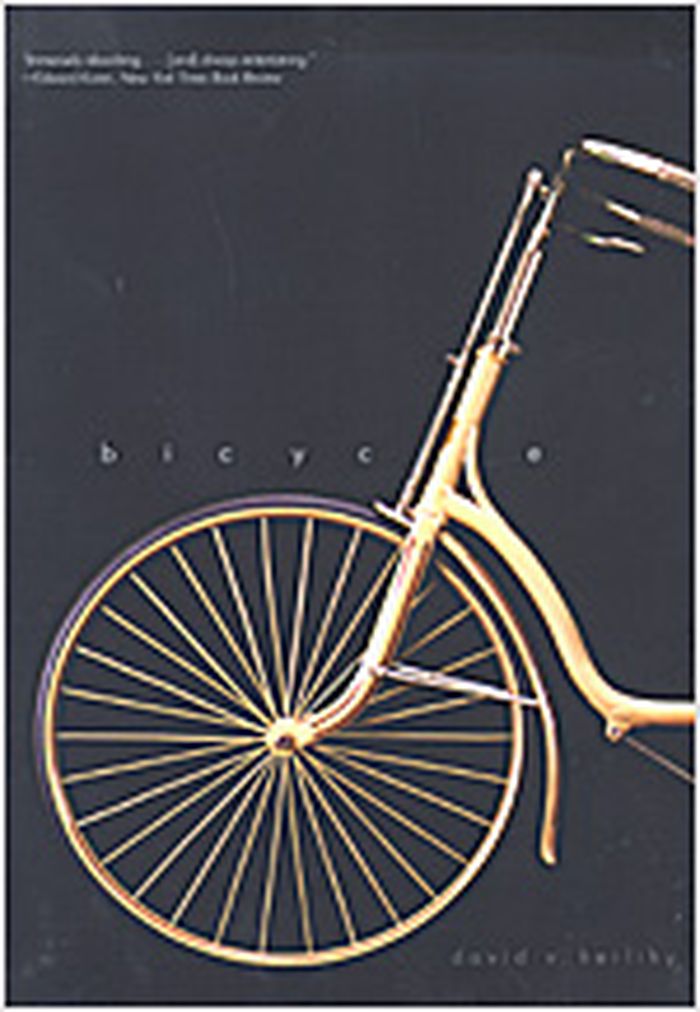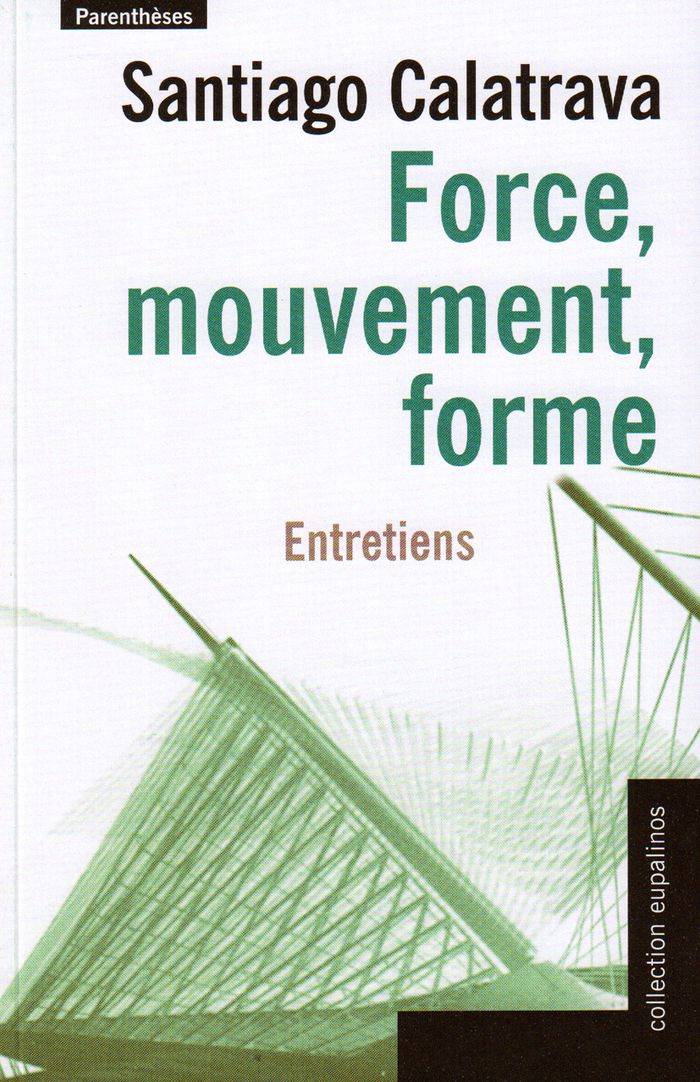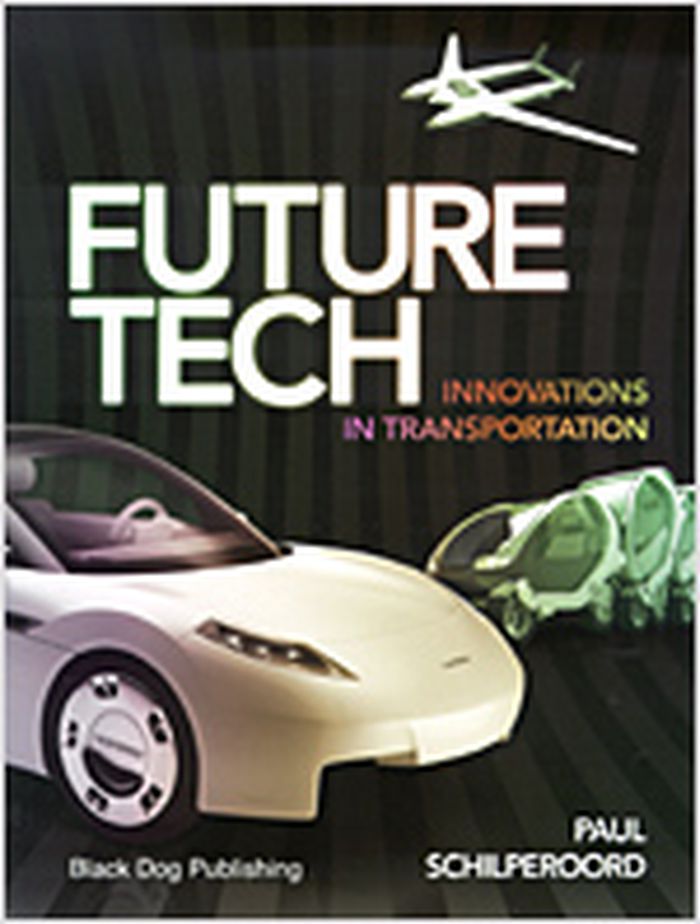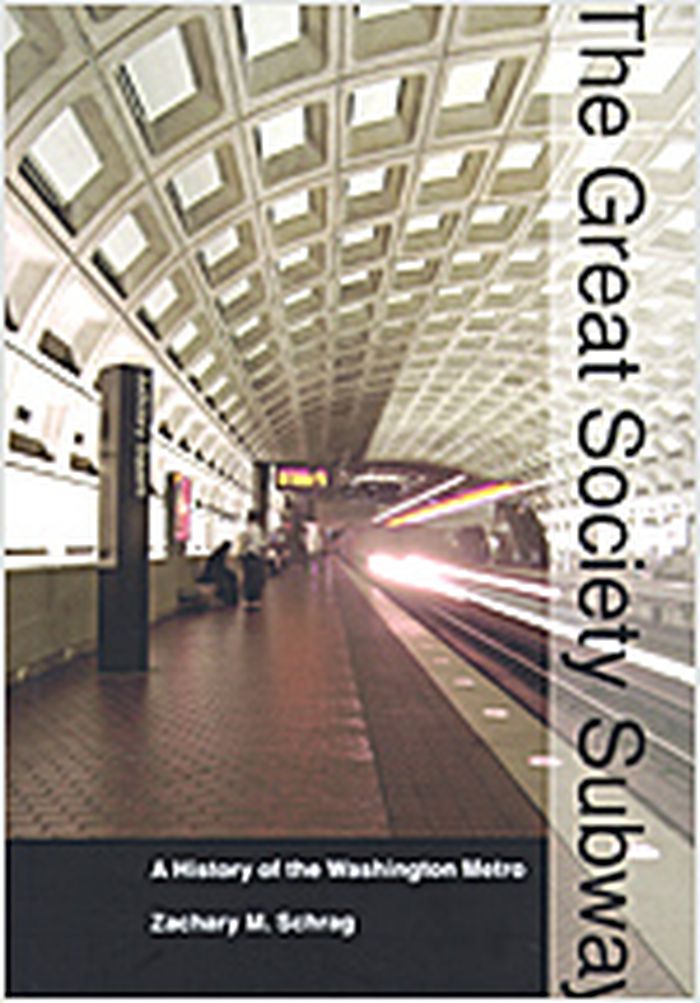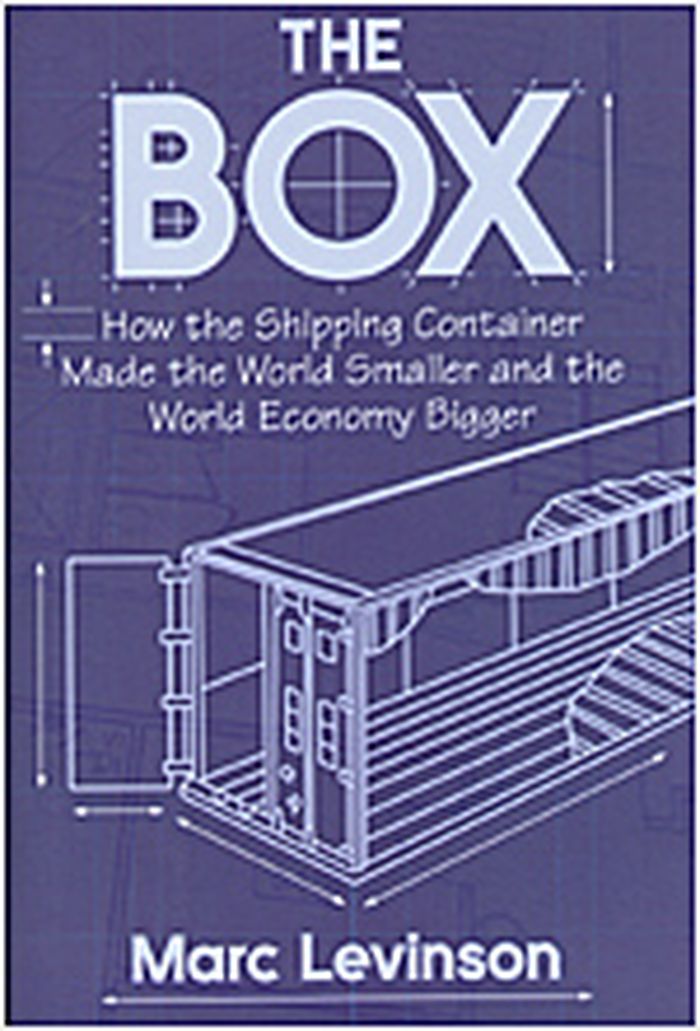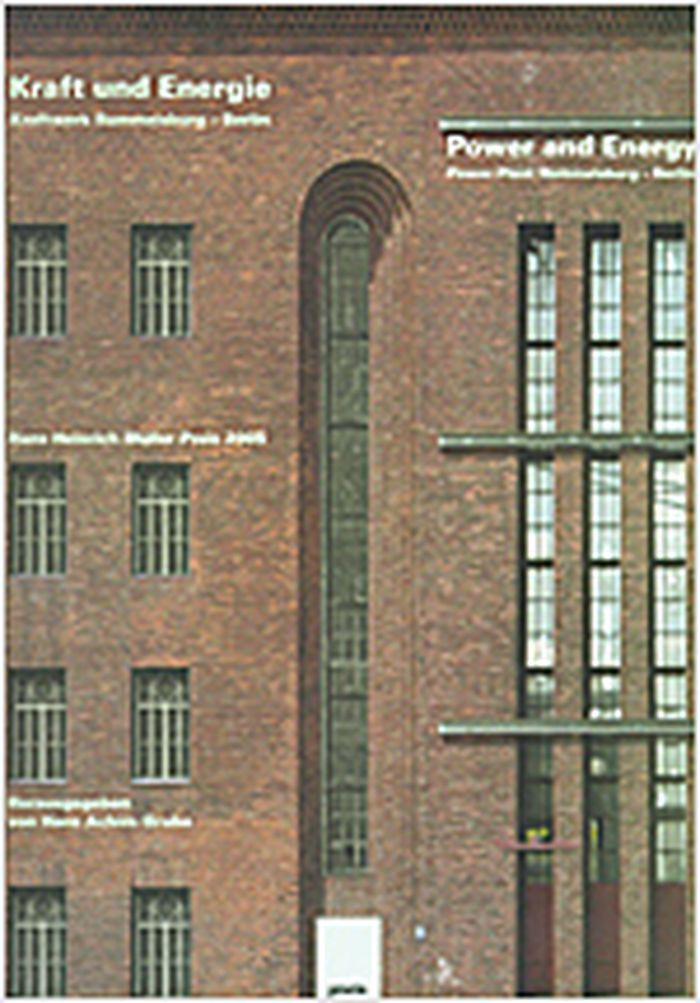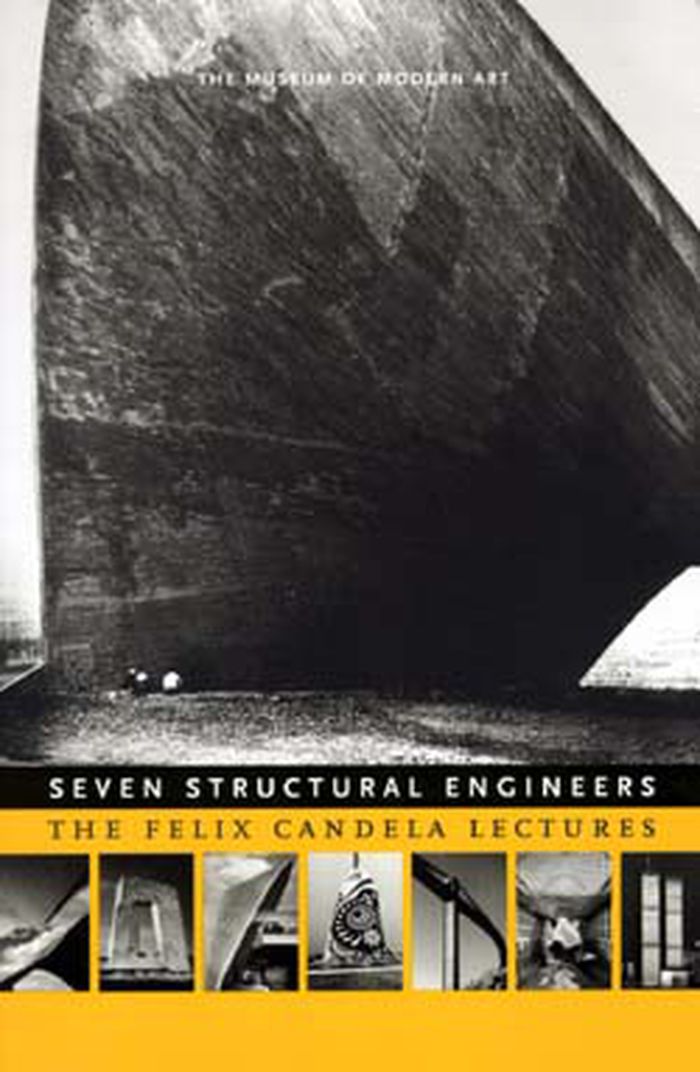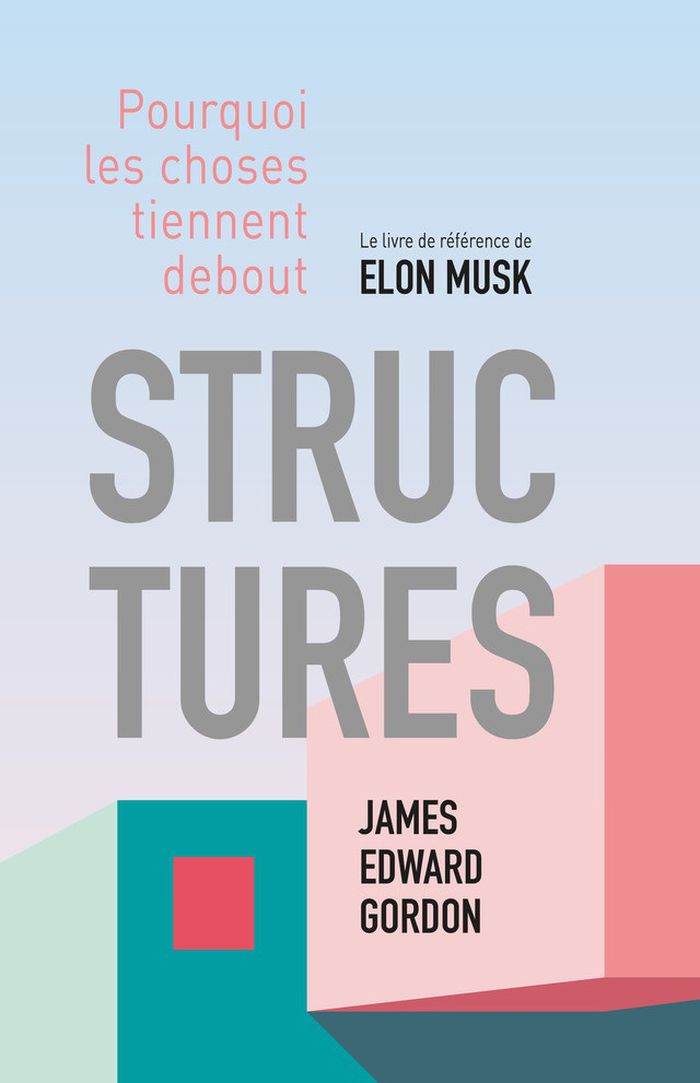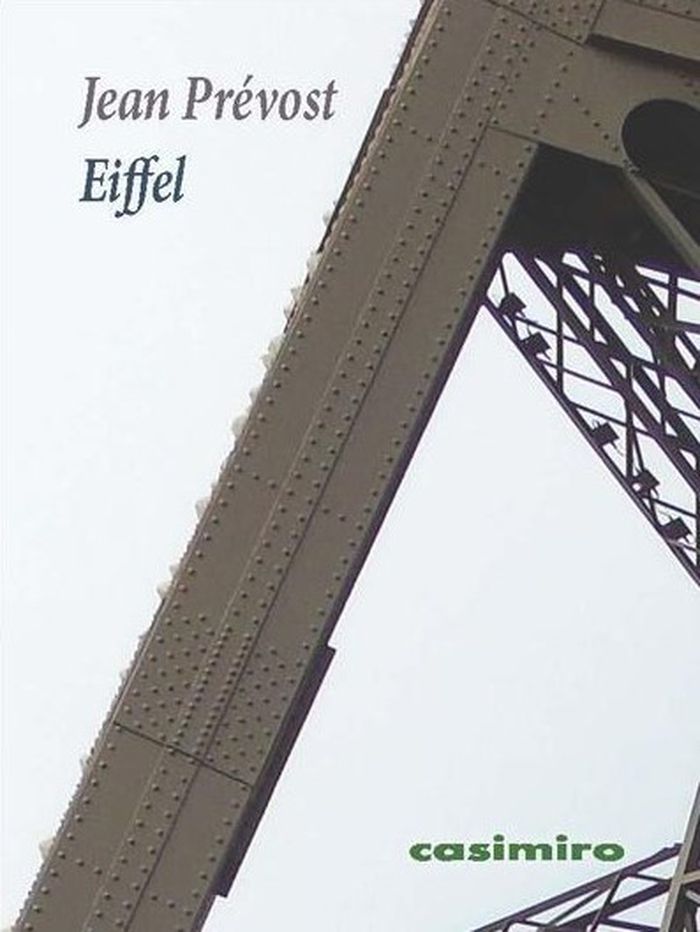Usines reconverties
$39.95
(available to order)
Summary:
Ce livre sur la reconversion de bâtiments industriels est divisé en quatre parties : des espaces publics : salle de sports, centre de documentation, bibliothèques ; des espaces culturels : musées, galeries, théâtre ; des espaces commerciaux : hôtels, centre artisanal, garage ; des appartements et studios. 34 réalisations sont présentées avec photographies et plans(...)
September 2006, Paris
Usines reconverties
Actions:
Price:
$39.95
(available to order)
Summary:
Ce livre sur la reconversion de bâtiments industriels est divisé en quatre parties : des espaces publics : salle de sports, centre de documentation, bibliothèques ; des espaces culturels : musées, galeries, théâtre ; des espaces commerciaux : hôtels, centre artisanal, garage ; des appartements et studios. 34 réalisations sont présentées avec photographies et plans d’architectes. Industrial buildings in disuse, which has lost their main function, can be given a new lease of life by projects which allow their reconversion into new and multifunctional solutions living up to the present-day needs. "Industrial chic" reflects this constant and modern transformation of urban landscape in several cities around the world.
Bicycle, the history
$31.95
(available to order)
Summary:
This illustrated book tells the extraordinary history of the bicycle, an invention that precipitated nothing short of a social revolution. Recounting a story replete with disputed patents, brilliant inventions, and missed opportunities, David Herlihy shows us why the bicycle captured the public's imagination and the myriad ways it has reshaped our world.
Bicycle, the history
Actions:
Price:
$31.95
(available to order)
Summary:
This illustrated book tells the extraordinary history of the bicycle, an invention that precipitated nothing short of a social revolution. Recounting a story replete with disputed patents, brilliant inventions, and missed opportunities, David Herlihy shows us why the bicycle captured the public's imagination and the myriad ways it has reshaped our world.
Engineering Structures
$19.95
(available to order)
Summary:
«Je n'ai pas trouvé de meilleure façon de vous présenter mes réflexions sur la construction qu'à travers mes propres projets. Comme un auteur qui écrirait son premier livre, il m'a été difficile de ne pas succomber en partie à l'autobiographie...» Santiago Calatrava, architecte et ingénieur, recherche sans se cacher l'unité entre l'art et la science. Son exploration des(...)
Force, mouvement, forme : entretiens
Actions:
Price:
$19.95
(available to order)
Summary:
«Je n'ai pas trouvé de meilleure façon de vous présenter mes réflexions sur la construction qu'à travers mes propres projets. Comme un auteur qui écrirait son premier livre, il m'a été difficile de ne pas succomber en partie à l'autobiographie...» Santiago Calatrava, architecte et ingénieur, recherche sans se cacher l'unité entre l'art et la science. Son exploration des formes naturelles (en particulier du corps humain), son ouverture à l'approche métaphorique et le brio de ses représentations facilitent son exploration créative de la forme, de l'espace, de la lumière et même de la cinétique. Sa maîtrise des principes de l'ingénierie non seulement lui permet de réaliser ces projets, mais elle se voit défiée et sans cesse poussée en avant par le dialogue entre invention formelle et principes scientifiques.
Engineering Structures
$39.95
(available to order)
Summary:
From Leonardo da Vinci’s fantastic visions, to Richard Branson’s plans to offer commercial space travel by 2010, visionaries and entrepreneurs have long dreamed of how we will travel in the future. "Future tech: innovations in transportation" is a prescient look at how we will be moving forward over the coming decades. Whilst we are not yet travelling to work using(...)
Future tech : innovations in transportations
Actions:
Price:
$39.95
(available to order)
Summary:
From Leonardo da Vinci’s fantastic visions, to Richard Branson’s plans to offer commercial space travel by 2010, visionaries and entrepreneurs have long dreamed of how we will travel in the future. "Future tech: innovations in transportation" is a prescient look at how we will be moving forward over the coming decades. Whilst we are not yet travelling to work using jet-powered backpacks, the issue of transport in the future is becoming increasingly important. As roads have become more congested and the environment more fragile, the means of transport at our disposal seem less and less adequate. "Future tech" explores what designers and engineers around the globe are developing for the world of tomorrow. "Future tech" features prototypes already in the first stages of manufacture alongside more conceptual, speculative designs, as well as a history of mechanised transport and invention through the ages. There are chapters on public transport, road, air and water travel as well as personal mobility .
Engineering Structures
$37.50
(available to order)
Summary:
Drivers in the nation's capital face a host of hazards: high-speed traffic circles, presidential motorcades, jaywalking tourists, and bewildering signs that send unsuspecting motorists from the Lincoln Memorial into suburban Virginia in less than two minutes. And parking? Don't bet on it unless you're in the fast lane of the Capital Beltway during rush hour. Little(...)
The Great Society subway : a history of the Washington Metro
Actions:
Price:
$37.50
(available to order)
Summary:
Drivers in the nation's capital face a host of hazards: high-speed traffic circles, presidential motorcades, jaywalking tourists, and bewildering signs that send unsuspecting motorists from the Lincoln Memorial into suburban Virginia in less than two minutes. And parking? Don't bet on it unless you're in the fast lane of the Capital Beltway during rush hour. Little wonder, then, that so many residents and visitors rely on the Washington Metro, the 106-mile rapid transit system that serves the District of Columbia and its inner suburbs. In the first comprehensive history of the Metro, Zachary M. Schrag tells the story of the Great Society subway from its earliest rumblings to the present day, from Arlington to College Park, Eisenhower to Marion Barry. Unlike the pre–World War II rail systems of New York, Chicago, and Philadelphia, the Metro was built at a time when most American families already owned cars, and when most American cities had dedicated themselves to freeways, not subways. Why did the nation's capital take a different path? What were the consequences of that decision? Using extensive archival research as well as oral history, Schrag argues that the Metro can be understood only in the political context from which it was born: the Great Society liberalism of the Kennedy, Johnson, and Nixon administrations. The Metro emerged from a period when Americans believed in public investments suited to the grandeur and dignity of the world's richest nation. The Metro was built not merely to move commuters, but in the words of Lyndon Johnson, to create "a place where the city of man serves not only the needs of the body and the demands of commerce but the desire for beauty and the hunger for community." Schrag scrutinizes the project from its earliest days, including general planning, routes, station architecture, funding decisions, land-use impacts, and the behavior of Metro riders. The story of the Great society subway sheds light on the development of metropolitan Washington, postwar urban policy, and the promises and limits of rail transit in American cities.
Engineering Structures
$31.50
(available to order)
Summary:
The Box tells the dramatic story of the container's creation, the decade of struggle before it was widely adopted, and the sweeping economic consequences of the sharp fall in transportation costs that containerization brought about. Published on the fiftieth anniversary of the first container voyage, this is the first comprehensive history of the shipping container(...)
The box : how the shipping container made the world smaller and the world economy bigger
Actions:
Price:
$31.50
(available to order)
Summary:
The Box tells the dramatic story of the container's creation, the decade of struggle before it was widely adopted, and the sweeping economic consequences of the sharp fall in transportation costs that containerization brought about. Published on the fiftieth anniversary of the first container voyage, this is the first comprehensive history of the shipping container ever written. It recounts how the drive and imagination of an iconoclastic entrepreneur, Malcom McLean, turned containerization from an impractical idea into a massive industry that slashed the cost of transporting goods around the world.
Engineering Structures
$36.00
(available to order)
Summary:
Like the onetime industrial facilities that have become Dia : Beacon, Mass MoCA and the Tate Modern, among other factory conversions, Berlin's Rummelsberg electric plant is characterized by wide expanses of brick, glass and, most importantly, space. Today, the huge power station with its extraordinary, light-filled hall can be rented for events and film production, but(...)
Power and energy : Power Plant Rummelsburg - Berlin
Actions:
Price:
$36.00
(available to order)
Summary:
Like the onetime industrial facilities that have become Dia : Beacon, Mass MoCA and the Tate Modern, among other factory conversions, Berlin's Rummelsberg electric plant is characterized by wide expanses of brick, glass and, most importantly, space. Today, the huge power station with its extraordinary, light-filled hall can be rented for events and film production, but its future is not secure. Power and Energies reutilization plans, which were conceived for a contest sponsored by Vattenfall Europe AG, come from architects, planners and conservationists alike, and are full of creative architectural solutions and innovative ideas. This volume combines essays on the history of the building with the entire range of plans submitted, including detailed documentation of prizewinning designs. Its models and ideas will entrance anyone considering the conversion of large historical buildings or examining the phenomenon.
Engineering Structures
$51.00
(available to order)
Summary:
Between 1998 and 2005, the Structural Engineers Association of New York, along with the Museum of Modern Art's Department of Architecture and Design and the School of Architecture at both Princeton University and MIT, co-sponsored a lecture series in honor of the renowned Spanish and Mexican structural engineer Felix Candela, who led the early exploration of concrete(...)
Seven structural engineers: the Felix Candela lectures
Actions:
Price:
$51.00
(available to order)
Summary:
Between 1998 and 2005, the Structural Engineers Association of New York, along with the Museum of Modern Art's Department of Architecture and Design and the School of Architecture at both Princeton University and MIT, co-sponsored a lecture series in honor of the renowned Spanish and Mexican structural engineer Felix Candela, who led the early exploration of concrete shell structures. These lectures are now available in the format of this book: discussed is the work of the Uruguayan engineer Eladio Dieste, who pioneered the use of thin, light-filled shell structures in masonry. Cecil Balmond recounts his collaboration with architects Rem Koolhaas and Daniel Libeskind. The Swiss bridge designer Christian Menn discusses his iconic long-span prestressed concrete bridges, including the new Charles River Bridge in Boston. Leslie E. Robertson, who is especially known for his work on the structural design of the World Trade Center complex with Minoru Yamasaki, discusses this design along with many other projects. Mamoru Kawaguchi recounts his own work in fabric structures and his collaboration with architects Kenzo Tange and Arata Isozaki. Joerg Schlaich talks about his creative collaboration with Frank Gehry. Heinz Isler's contribution is in the aerea of freeform concrete shell constructions. David Billington and Maria Garlock recount the work of master builders Anton Tedesko, Pier Luigi Nervi, Felix Candela, and Heinz Isler.
Engineering Structures
$41.95
(available to order)
Summary:
Si notre monde ressemble à ce qu’il est, si les choses se maintiennent les unes aux autres sans tomber, c’est grâce à des principes simples et universels. Qu’il s’agisse d’une cathédrale plusieurs fois centenaire, de votre habitation, d’un avion, d’un bateau, d’un kangourou, d’une coquille d’œuf ou de vos propres articulations, tout n’est au fond qu’histoire de(...)
Structures : Pourquoi les choses tienent debout
Actions:
Price:
$41.95
(available to order)
Summary:
Si notre monde ressemble à ce qu’il est, si les choses se maintiennent les unes aux autres sans tomber, c’est grâce à des principes simples et universels. Qu’il s’agisse d’une cathédrale plusieurs fois centenaire, de votre habitation, d’un avion, d’un bateau, d’un kangourou, d’une coquille d’œuf ou de vos propres articulations, tout n’est au fond qu’histoire de structures. Comprendre comment elles fonctionnent, c’est comprendre l’organisation du monde, rien de moins (et construire ensuite ce que bon vous semble, comme des fusées, par exemple). Affaire de spécialistes que tout cela? Absolument pas! J.E. Gordon le démontre dans ce livre plein d’esprit, sans simplification ni jargon excessifs: comprendre une structure est un jeu d’enfant pour qui sait observer. Il est même probable qu’après avoir lu des chapitres comme «l’avantage d’être une poutre» ou «comment concevoir une vis», vous serez très tentés de vous lancer dans la construction de votre propre plancher, d’une catapulte ou d’un pont suspendu.
Engineering Structures
$14.95
(available to order)
Summary:
L’excellence théorique, la perfection technique des lignes qu’il a appliquées suffiraient pour défendre Gustave Eiffel contre toute la tradition antérieure, mais il est plus juste de le déclarer d’accord avec le sens profond de cette tradition même. Eiffel est un classique.
Eiffel
Actions:
Price:
$14.95
(available to order)
Summary:
L’excellence théorique, la perfection technique des lignes qu’il a appliquées suffiraient pour défendre Gustave Eiffel contre toute la tradition antérieure, mais il est plus juste de le déclarer d’accord avec le sens profond de cette tradition même. Eiffel est un classique.
Engineering Structures

